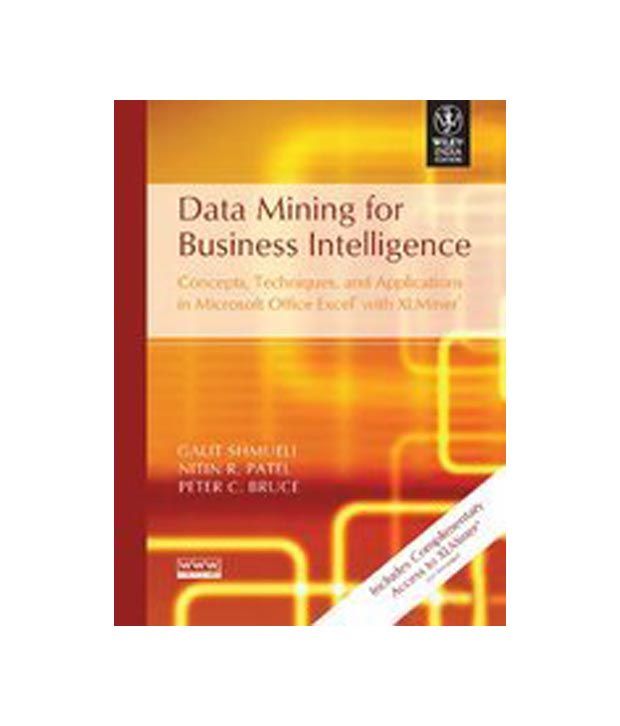
Data Mining For Business Intelligence Buy Data Mining For Business
Business intelligence combines business analytics, data mining, data visualization, data tools and infrastructure, and best practices to help organizations make more data-driven decisions. In practice, you know you've got modern business intelligence when you have a comprehensive view of your organization's data and use that data to drive.
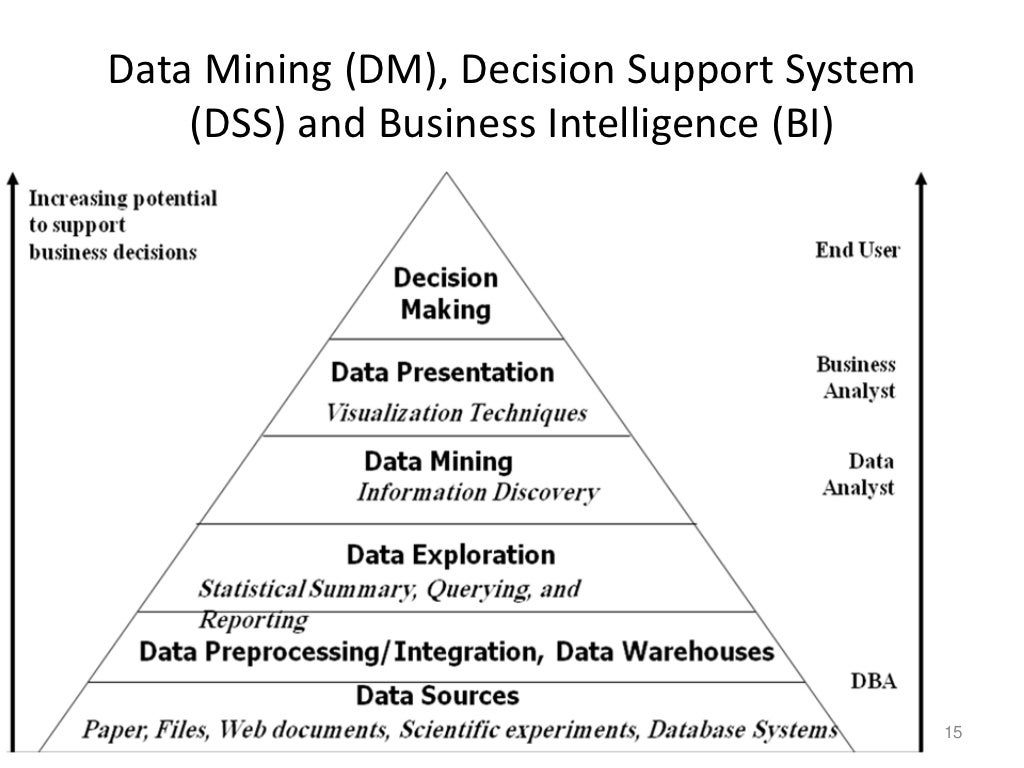
Data Mining and Business Intelligence Tools
Objectives. Business intelligence and data mining share many common issues. IJBIDM aims to stimulate the exchange of ideas and interaction between these related fields of interest. It is intended to be the premier technical publication in the field, providing a resource collection relevant common methods and techniques and a forum for unifying the diverse constituent research communities in.

Data Mining Data Warehouse Business Intelligence Clean Code, andere
Business intelligence and data mining differ in core aspects, including purpose, volume and results. The purpose of BI is to convert raw data into useful information for executives and stakeholders. It tracks and presents key performance metrics on reports and dashboards to facilitate robust, data-driven decisions.

Business Intelligence VS Data Mining Which One Is More Useful
Data mining is the process of combing through mountains of data to find patterns and insights. When it comes to business, making decisions based on data increases the effectiveness of running your company and a greater return on investment (ROI). "Businesses that utilize data mining are able to have a competitive advantage, better.
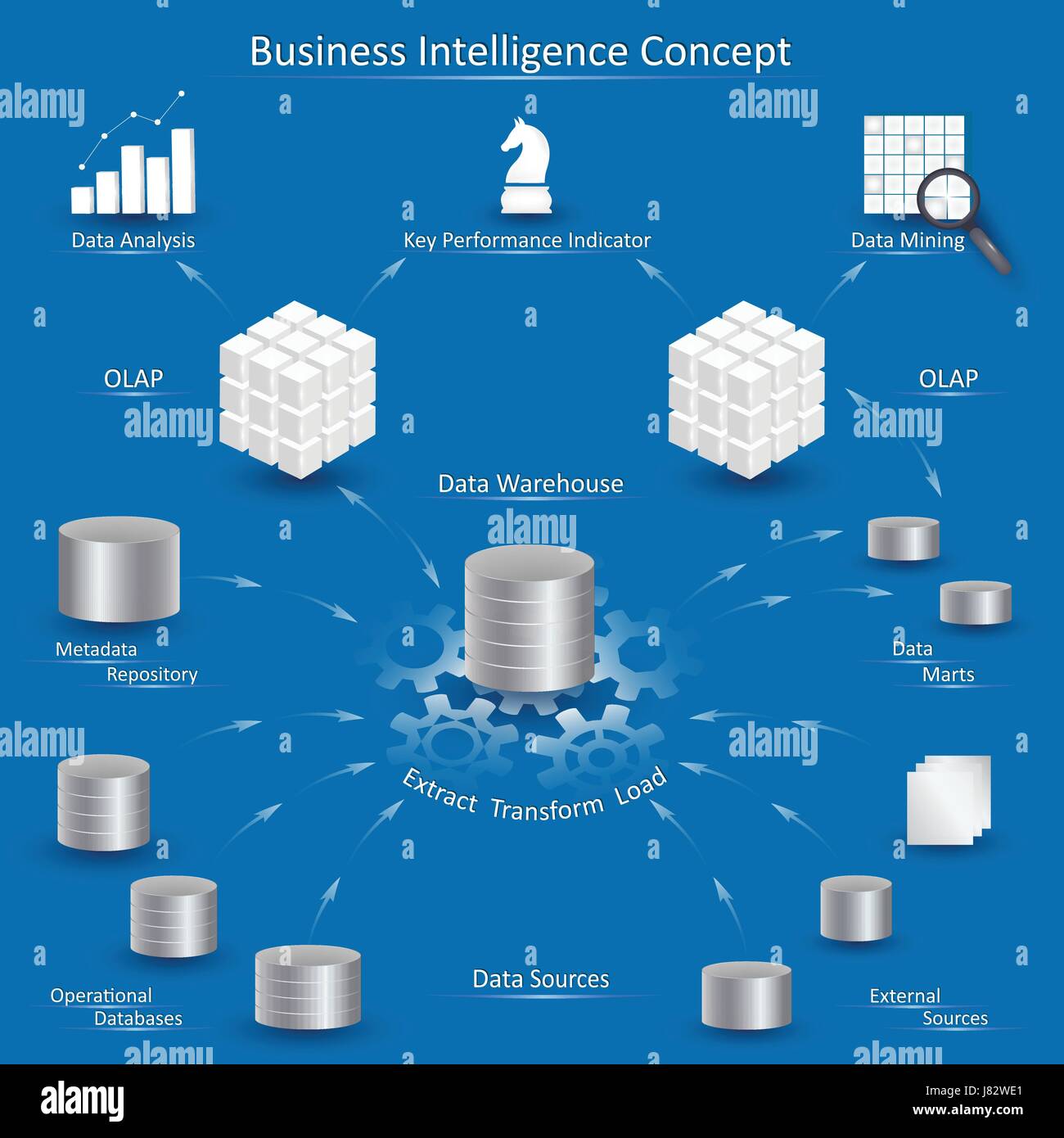
Business Intelligence concept with data processing diagram data
Data mining in business intelligence faces the challenges of both data mining and business intelligence separately, which may include: Lack of BI Strategy. Data mining can be time intensive. Having clear goals for BI in terms of KPIs helps BI team focus on the right initiatives and make use of data mining technique either themselves or with.
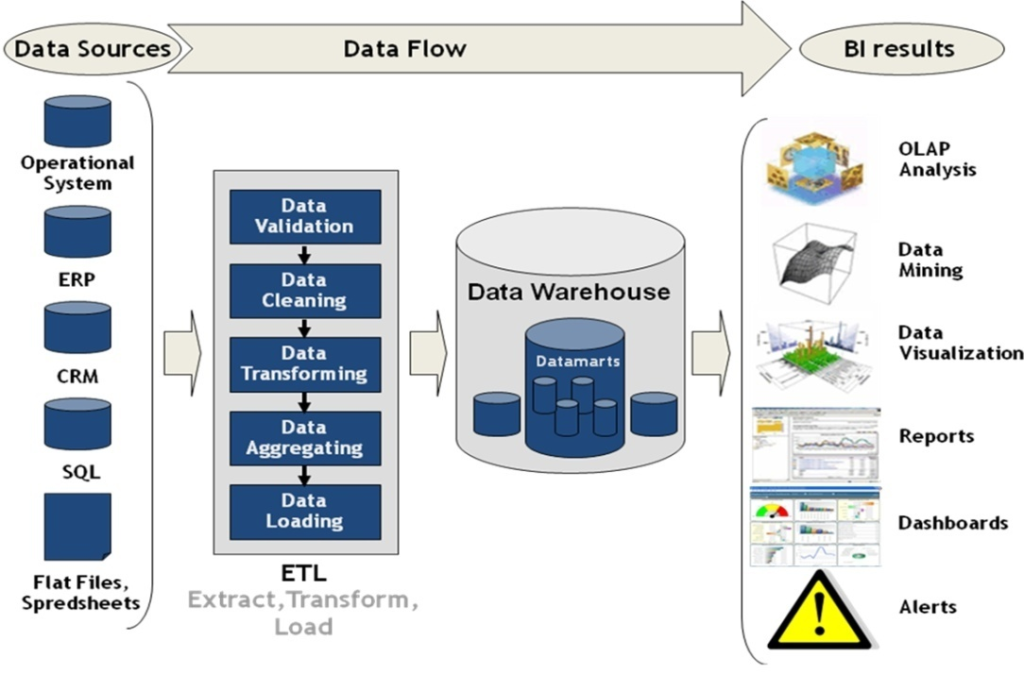
Business Intelligence in Manufacturing Sector Helical IT Solutions
Data mining techniques are widely adopted among business intelligence and data analytics teams, helping them extract knowledge for their organization and industry. Some data mining use cases include: Sales and marketing Companies collect a massive amount of data about their customers and prospects.

Kenali Perbedaan Business Intelligence dan Business Analytics
Techniques Employed: Data Mining: Use advanced statistical techniques, machine learning algorithms, and mathematical models. Business Intelligence: Leverages reporting tools, queries, and data visualisation for a comprehensive understanding of business performance. Take a glance at the table below to better understand the key differences: Feature.

DATA MINING TECHNIQUES. What is data mining? by Tanmay Terkhedkar
Business intelligence (BI) refers to the procedural and technical infrastructure that collects, stores and analyzes the data produced by a company's activities. Business intelligence is a broad.

5 Key Differences between Data Mining and Business Intelligence Simplified
Data mining is a process used by companies to turn raw data into useful information. By using software to look for patterns in large batches of data, businesses can learn more about their.
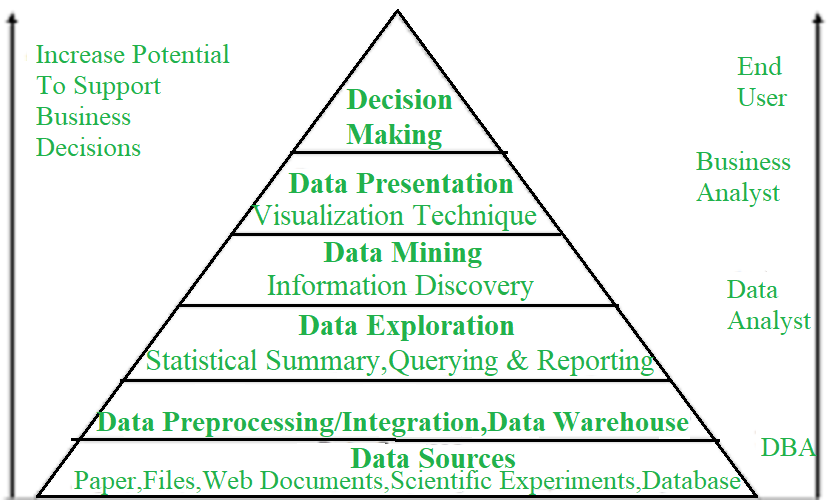
Data Mining Process (2023)
Data mining is a crucial element of business success, but do you really know what is involved in data mining? Learn what data mining is, why it matters, and how it's done.. Data mining, data analysis, artificial intelligence, machine learning, and similar methods are typically combined in business intelligence processes so that.
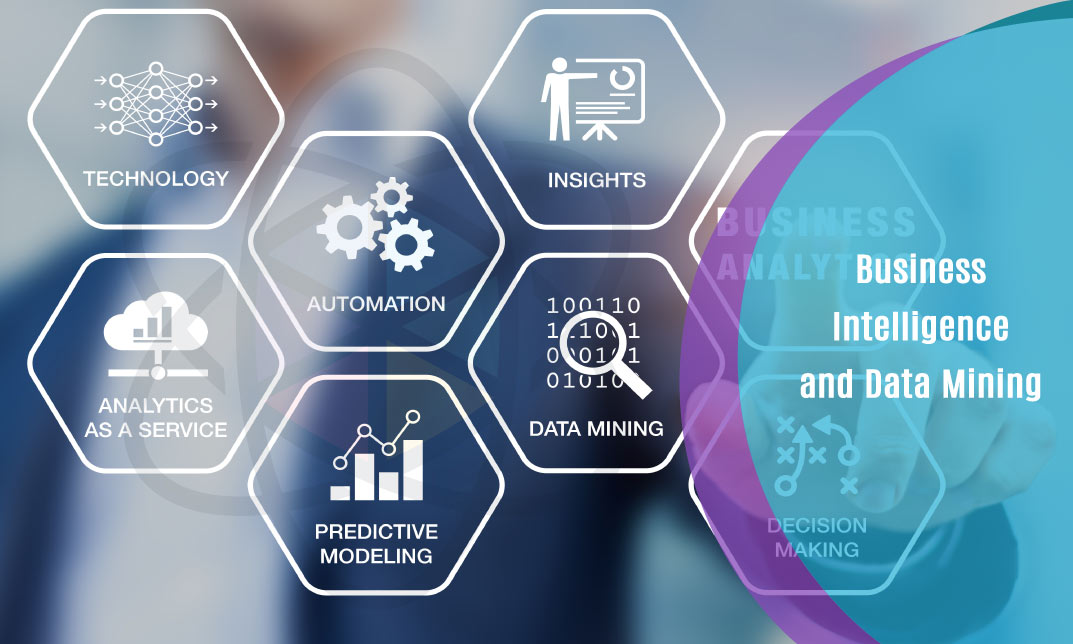
Business Intelligence Data Mining One Education
Data mining is the cornerstone of business intelligence, unraveling hidden patterns and trends within vast datasets. It empowers informed decision-making, providing a competitive edge in the dynamic landscape of modern business. Here are some significant roles that data mining performs in business intelligence to make a business stay on top.
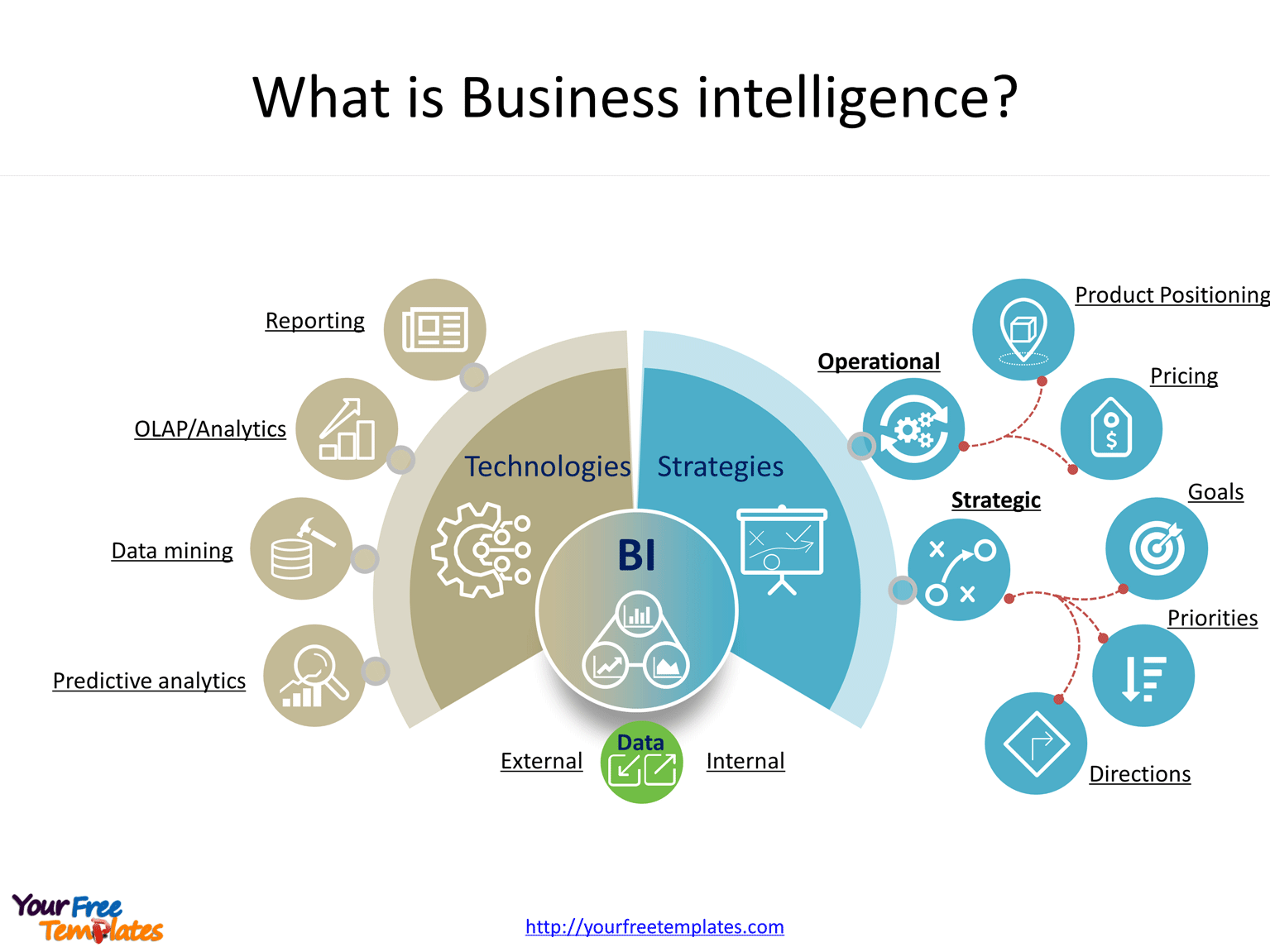
Business Intelligence Powerpoint Template
Data-Driven Approach: Both Business Intelligence and Data Mining rely on a data-driven approach to extract valuable insights and knowledge from vast amounts of data. Decision Support: Both disciplines aim to support decision-making processes within organizations by providing actionable information and insights.
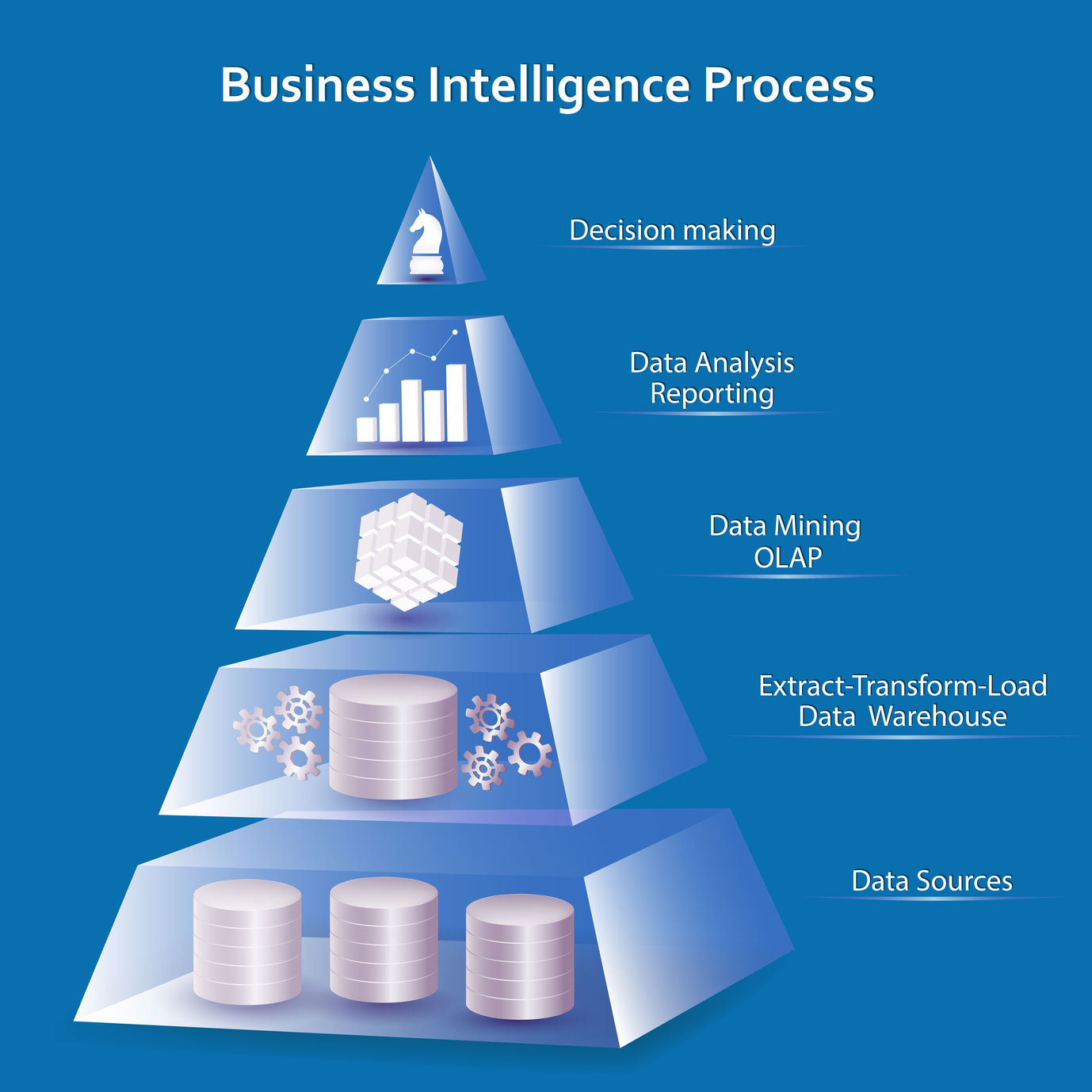
Data Visualisation 8 techniques de Data Mining pour de meilleurs
Business intelligence and data mining are two terms regularly thrown around in discussions regarding data management in various contexts. This is perhaps most prolific in the financial technology (or FinTech) industry, where data is king. Although the data itself is a crucial element, without appropriate management and 'translation' into a more intelligible format, it can be nigh on.

Business Statistics Data Science Blog
Business intelligence tools typically use the extract, transform, and load (ETL) method to aggregate structured and unstructured data from multiple sources. This data is then transformed and remodeled before being stored in a central location, so applications can easily analyze and query it as one comprehensive data set.

Data Mining Tools Towards Data Science
Business intelligence is a broad category of applications and technologies for gathering, providing access to, and analyzing data for the purpose of helping enterprise users make better business decisions. The term implies having a comprehensive knowledge of all factors that affect a business, such as customers, competitors, business partners, economic environment, and internal operations.
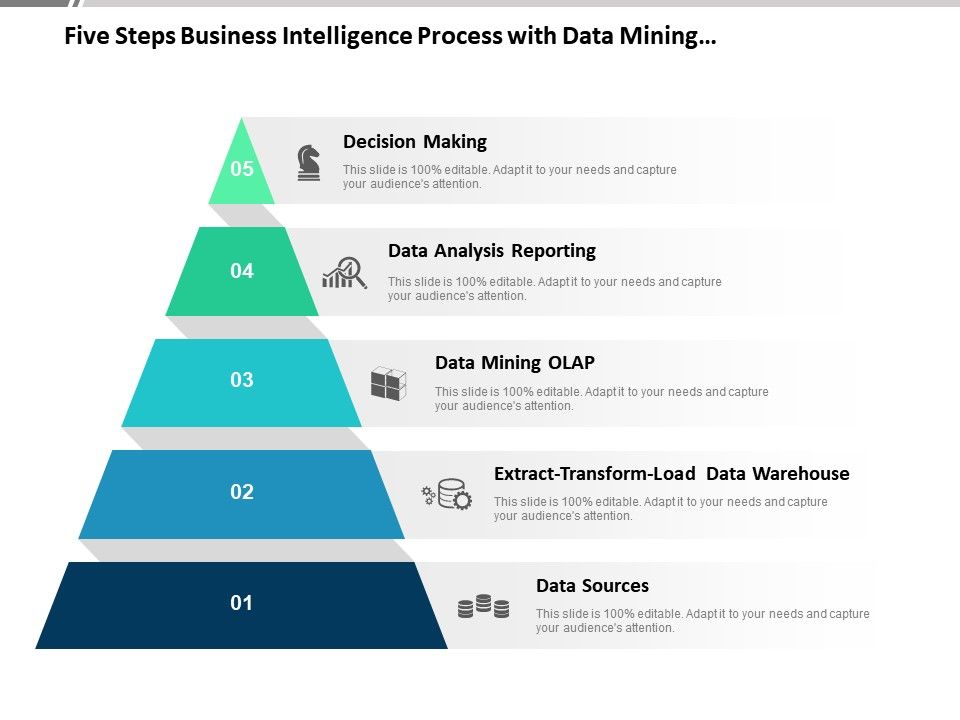
Five Steps Business Intelligence Process With Data Mining Pyramid
Business Intelligence analyzes data for the purpose of understanding a company's historical trends and predicting new ones. Unlike data mining, which looks at smaller segments of data, BI focuses on larger volumes of data - enterprise levels of data, if you will. It presents the data that was patterned, interpreted, and formatted during.